Fall is almost here and with it comes stink bugs. Find out how to keep them from ruining the changing seasons.
Where did they come from?
If it seems like stink bugs are a newer phenomenon, you are right. Stink bugs (Halyomorpha halys), also know as shield bugs, are an invasive species from Asia. Introduced to the United States in the mid-nineties, these pests have no natural enemies and as a result the population over the past thirty years has exploded. First identified in Allentown PA, the stink bug has since spread across much of the eastern United States. And every year, the problem seems to be getting worse.
Why are they called stink bugs?
The name stink bugs refers to the pungent scent the insects release when they are either disturbed or their bodies are crushed. While they are active through the summer, they are usually found inside and clustered on the sides of buildings during the late summer and early autumn until the first hard frost. While these insects are good flyers, they are slow-moving on legs making them easy to trap.
Are they dangerous?
Stink bugs are not dangerous. They do not bite or sting or transmit any known diseases. While they can cause damage to crops and ornamental plants, the main concern with this insect is the smell they generate, and their tendency to congregate in large numbers along and inside buildings.
Identifying an infestation
While it’s impossible to eliminate stink bugs in the environment, stink bugs infestations in and around your home can be treated. If you have a large cluster of stink bugs on or around your windows and doors, this is a sign of an infestation.
Controlling Stink Bugs
Your pest control professional can help you control your stink bug infestations. Our exterior power spray treats overhangs, vents, around windows, foundation and peaks. Interior windows and chimneys can be added if necessary. At Mulholland, we will customize your treatment to your existing problem.
Discouraging Re-infestations
After your treatment, you can help discourage stinkbugs from entering your home by sealing up cracks and crevices with a high quality silicone caulk. Repair holes in screens and plug any gaps in your home’s exterior. Stink bugs can are attracted to light, so consider changing your outdoor lighting to yellow bulbs. For stink bugs in your home, use your vacuum to capture them, but dispose of the bag or empty the canister to avoid spreading the scent through the rest of your home.
Stink bug infestations do not have to be an inevitable sign of fall. Let us help you regain your outdoor spaces in time for you to enjoy your pumpkin spice latte.

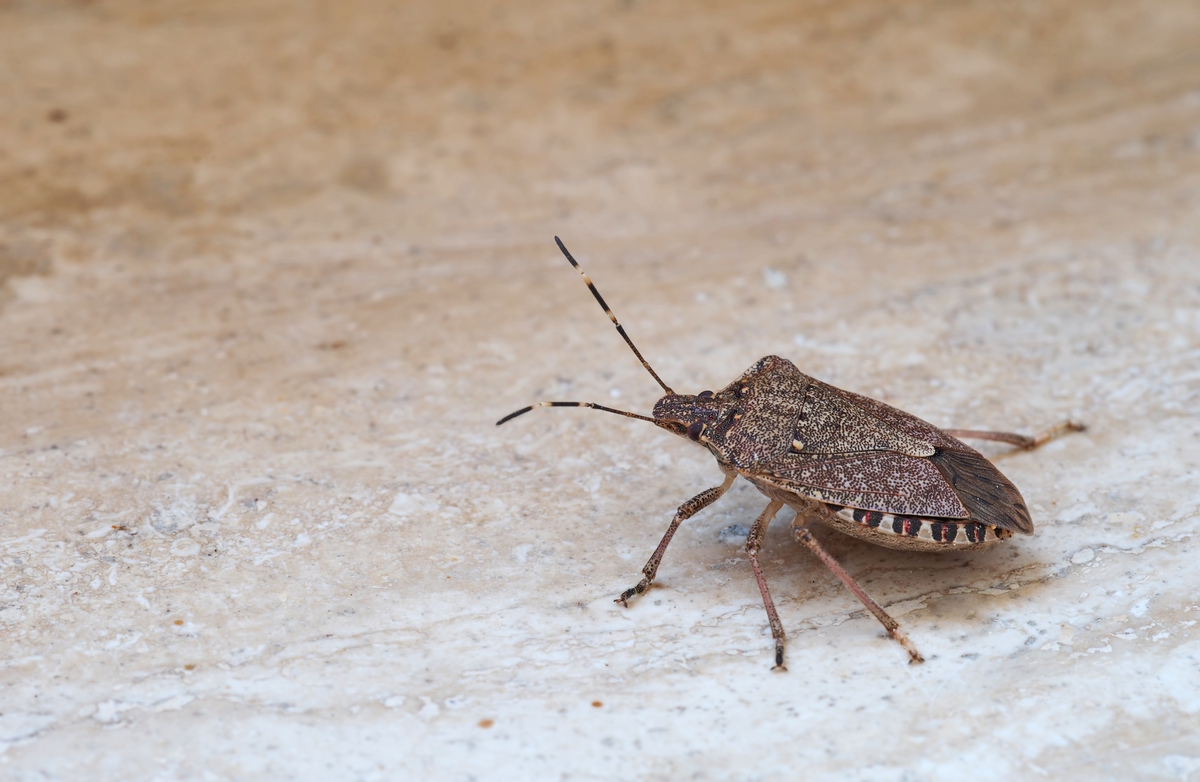
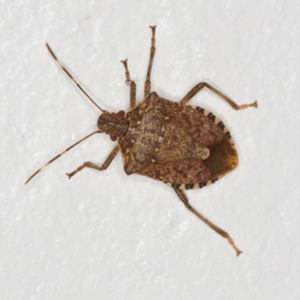
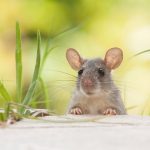
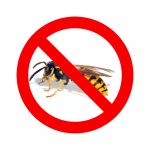

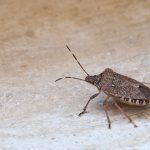

Recent Comments